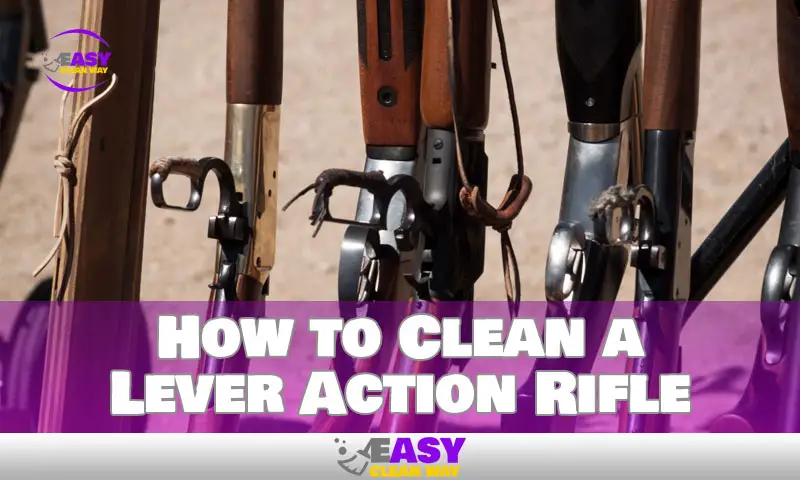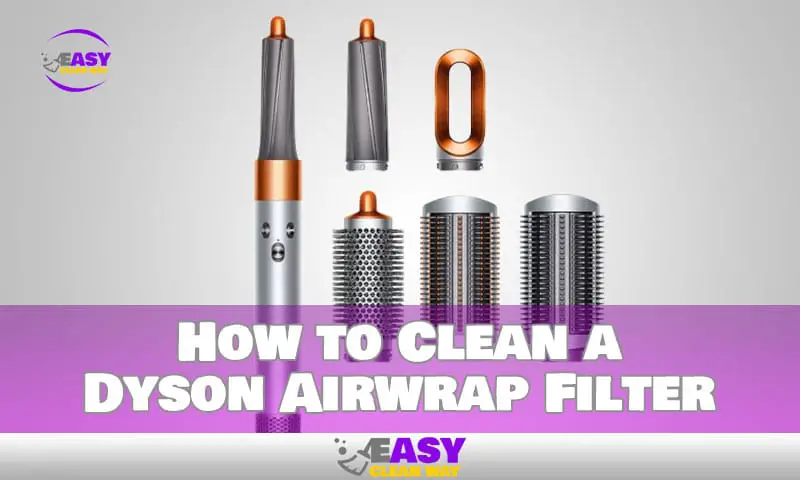Maintaining your lever action rifle is key for optimal performance. Without regular cleaning and maintenance, you can’t guarantee that your rifle will continue to deliver the reliability and accuracy you expect from it.
Cleaning your lever action rifle is a simple but important task that should be done regularly. Doing so will ensure that your rifle fires accurately and consistently, while also extending the life of your weapon.
In this article, we’ll explain the steps involved in cleaning a lever action rifle, as well as how often you should do it in order to keep it running properly. We’ll also discuss some do’s and don’ts when it comes to cleaning your gun, as well as provide a few tips to ensure you get the best results each time.
So read on to find out all you need to know about cleaning a lever action rifle for optimal performance!
Preparing to Clean a Lever Action Rifle
Cleaning and maintaining your lever action rifle is essential for optimal performance and safety. Before starting, make sure the gun is unloaded, then lay down a clean cloth and place the rifle on top.
As you prepare to clean your lever action rifle, here are a few key steps to follow:
- Remove the receiver bolt, lever and ejector.
- Take a jag or patch holder attached to a cleaning rod and moisten the bore with solvent in order to remove all fouling inside the barrel.
- Attach a wire brush to the cleaning rod and use it to deposit solvent evenly throughout the bore while loosening any fouling within the barrel grooves.
- Once this is done, use additional patches with extra solvent if necessary to ensure that all of the residue has been removed.
- Finally, reassemble your pieces in their correct order for future use!
Examining the Gun and Cleaning the Components
In addition to keeping your lever-action rifle in good condition, proper cleaning will aid to assure peak performance. You should first inspect your firearm before cleaning it. Check the chamber and barrel for rust, dirt, or evidence of fouling.
After inspecting the weapon, you can begin cleaning the parts. Start by putting a patch through the rifle’s barrel in the same direction as the bullet would travel after soaking it in gun cleaner. This will assist in removing any tenacious residue from the barrel’s interior.
Next, clean the action and all other metal components of your rifle by wiping them down with a cloth and cleaning agent to remove dirt, gunpowder residue, skin oils, and moisture. When using a cloth, be sure to apply mild pressure because heavy pressure might abrade sensitive surfaces. Moreover, keep in mind to always clean black powder rifles with soap and water rather than oil after shooting until they are fully clean.
Choosing the Right Rifle Cleaning Kit and Solvents
Cleaning a lever action rifle requires the right cleaning kit and solvents to ensure optimal performance of your firearm. Gun cleaning kits typically include cleaning rods, bore brushes, cleaning patches, jags, general-purpose brushes, cleaning solvents, and gun oils.
The type of fouling in the bore will determine the best solvent to use on your lever action rifle. It’s crucial to pick a solvent that can remove powder residue and metal fragments with little to no harm to your gun’s internal workings.
The most popular rifle cleaning solvents include:
- Hoppes #9: A classic cleaning solvent used to dissolve powder residue and release copper and lead deposits from bores
- CLP Break Free: A lubricant specifically designed for use on firearms that also features excellent cleaning properties
- RemOil Spray: A multi-purpose lubricant that also acts as an effective cleaner for longer residencies due to its extra-thick formula
Whichever type of solvent you choose, make sure you read the manufacturer’s recommendations before using any solvent on your firearm.
How to Disassemble and Deep Clean a Lever Action Rifle
Disassembling and deep cleaning your lever action rifle is vital in order to maintain optimal performance. To begin the process, make sure the gun is unloaded and that it is pointed away from yourself or anyone else in the vicinity.
You can start disassembling your weapon as soon as it has been unloaded. The barrel needs to be taken out first. Take care to avoid damaging any components as you remove it. Then, take out everything else that is visible. Hardware such as screws, pins, springs, and other items may be included. To prevent losing them, place each of these parts on a cloth or towel.
The next step is to clean all the metal components of your weapon with a nylon utility brush dipped in solvent. Make sure to approach the action and trigger guard region from the barrel before moving on. Moreover, clean the hard-to-reach regions of the frame, such as the spaces between screws and other tiny areas where dust may have accumulated over time, with an old toothbrush.
All metal components should be fully cleaned before being prepared for reassembling or oiling, as directed by the manufacturer. Before reassembling, be sure to gently dry out any spots where water can collect and cause any components to rust.
Protecting the Metal Finish of Your Lever Action Rifle
Once the barrel and receiver have been adequately cleaned, it’s time to protect your lever action rifle from the elements. A light coat of gun oil should do the trick – this will help make sure that any moisture or dirt will not penetrate the components of your rifle, hindering its performance in any way.
Use an Appropriate-Caliber Brush when Cleaning the Barrel
Using an appropriate-caliber brush helps to keep dirt and debris from accumulating in the barrel and chambers, clogging them up and blocking airflow. Make sure that you choose a brush that is specifically designed for your particular caliber of rifle.
Apply a Light Coat of Gun Oil to The Entire Rifle To Protect From Rust
As soon as you’ve given the entire rifle a light coat of gun oil, check to make sure all surfaces are well covered and protected. Also, the gun oil will lubricate, enabling all of your rifle’s components to move freely and without obstruction.
Use a Cleaning Solvent, Wire Bore Brush, and Gun Oil To Clean And Protect
Gunpowder residue can be removed from challenging-to-reach areas like the trigger mechanism by using a cleaning solution like Hoppe’s No9 or Rem Oil. Use a wire bore brush to remove any extra debris from the barrel or internal components after using the cleaning solvent. Apply gun grease once more for further defence against corrosion and rust.
Reassembly and Storage of Your Lever Action Rifle
Reassembling the lever action rifle is the last and most important step in the cleaning process. To reassemble your gun, follow these steps:
- Attach the receiver bolt back in place, followed by the lever and ejector.
- Use a lubricant such as an oil-based lubricant on all contact points to prevent rust and ensure smooth operation.
- Check that all parts of your gun are securely fastened and functioning properly.
- Once reassembled, store your gun in a clean, dry place away from direct sunlight, humidity, and other conditions that can cause corrosion or damage to your firearm.
With the right materials and diligent workmanship, you can clean a lever action rifle easily and extend its life span significantly. Keeping it well-maintained will ensure optimal performance when taking it into the field – take time to learn how to do it right!
People Also Like: How to Clean Corduroy Shoes in a Hurry
Conclusion
In conclusion, cleaning a lever action rifle is an essential aspect of upkeep and can increase the weapon’s lifespan. The rifle will be safe and function at its best for years to come if you take the time to disassemble and clean it correctly. You can return to the shooting range or hunting areas soon if you know how to clean the gun swiftly and effectively.
Hey there! I’m Alton Smith, your Clean Expert blogger. I’m on a quest to help you conquer chaos and embrace the joys of a tidy life.





